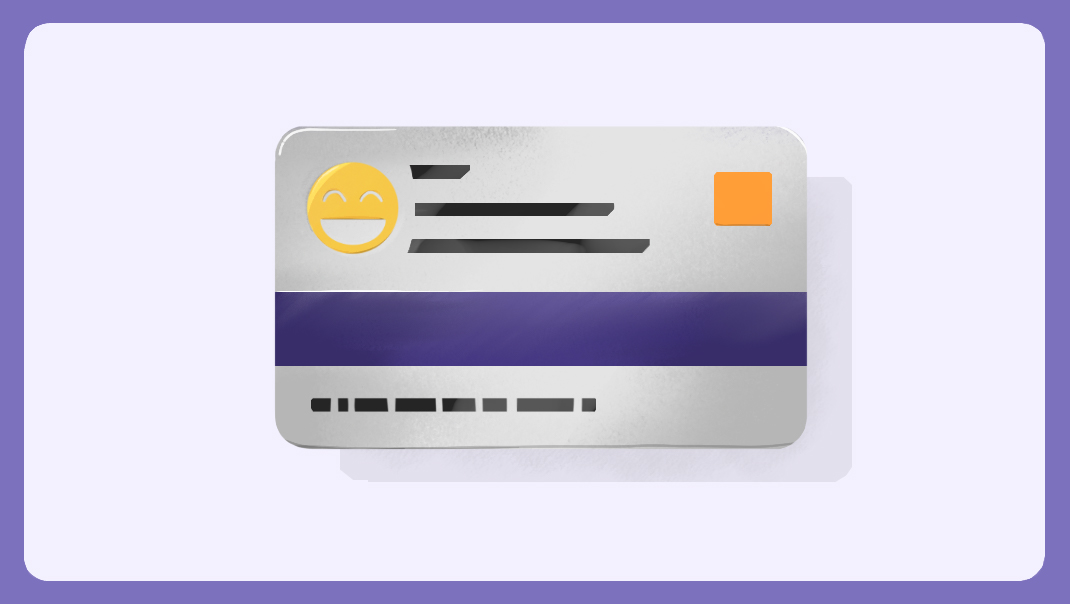Definition: An anonymous employee survey is a convenient way to collect honest feedback in the workplace. This survey can either measure employee satisfaction, employee engagement or both. A Net Promoter Score question should be included in every anonymous employee survey to help benchmark results over time.
Employee Feedback Surveys Explained
Employee surveys are based on two concepts: employee engagement and employee satiation. These concepts help paint the full picture on how your employees view their job. The anonymous employee survey template includes questions for both satisfaction and engagement.
Employee Satisfaction
This is how satisfied employees are with their job, their work environment, and the organization as a whole. Common measures of satisfaction include compensation, benefits, and work relationships. Sample questions related to satisfaction:
- How satisfied are you with your overall compensation?
- Does your supervisor support you in doing you job?
- Can you count on your peers when you need help?
Employee Engagement
This is the emotional commitment employees have to the organization, its overall goals, and their specific job. Better engagement means increased productivity, deceased turnover, and helps foster positive customer interactions. Sample questions related to engagement:
- Does leadership put us in a position to be successful?
- Do you feel feedback and ideas for improvements are valued?
- Are there adequate opportunities to grow and be challenged?
Creating an Anonymous Employee Survey
Don’t overthink the process to create your employee survey. Keep it as simple as possible. The less questions the better. These steps will help you create the perfect employee survey and capture actionable feedback.
- Think of the pain points in your organization. Do you hear lot’s of comments about lack of leadership or maybe one office location has high turnover?
- Determine if you want to measure satisfaction, engagement, or both and draft your questions. Keep in mind your pain points as you draft the questions.
- Organize any demographic data. This can be item like employee region, job title, seniority, overtime hours etc. This data can be used to segment and filter results – you might notice one region has a big issue that needs to be addressed. (this custom data will be protected with k-anonymity which is explained below)
- Upload your questions to the survey builder (or just modify the template as needed) and share the survey with other managers to collect feedback.
- Choose how you want to distribute your surrey – either an anonymous web link or use the SurveyKing platform to send automated anonymous email invitation.
- Communicate with employees beforehand the important of the survey, the requested completion date, and even let them know the platform you’re using.
- Analyze the results, create cross tabulation reports, find pain points, and start to establish benchmarks. Depending on what you find you could do follow-up surveys monthly, quarterly, or annually. The Net Promoter Score question will drive the benchmarks for company improvements.
How Employee Identities Are Protected
Anonymous surveys do not store the employee’s IP address, location, device, or submission date. This makes it impossible for administrators and authors to be able to indirectly identify responses. Each anonymous survey includes a seal at the top where respondents can click to learn how their identities are protected.
If the survey was sent using the automated email collector, no responses information will be displayed. Only a button to “Send Reminders”.
Many platforms strip away custom data that is attached to anonymous responses. This data plays a key role in being able to segment and filter your results. But because this data can be used to indirectly identify employees, SurveyKing uses k-anonymity to protect identities
K-anonymity works by hiding response counts and statistics that do not meet an aggregate total of at least fifty. For example, if there is only one employee in the “Boston” office, you would not be able to filter or segment the results based on office location. Only if there were fifty or more employees in “Boston”, would the filters or comparisons show data.
The Benefits of Anyommous Employee Surveys
Increased response rates is the biggest benefits of using an anonymous survey tool to conduct your employee survey. When employees feel secure they are more likely to give honest feedback – feeback which help your company improve
Decreased turnover is another reason to use anonmoyus employee surveys. When employees feel they are valued and their feedback matters they are optimicl of progrssvie cha nge and ,more lielty to stay
Spotting hidden trends is a lesser known benefit to employee surveys. With the use of custom data this becomes possible. You might notice that night shift employees are more dissatisfied or don’t trust their supervisor. These trends can be easily spotted by creating cross tabulation reports with the custom data.
Research Tools for Employee Surveys
Adding research questions to your employee surveys will provide you with a lot of actionable data to build a better workplace. Two question types are most important: MaxDiff and Conjoint.
MaxDiff
MaxDiff finds what is most important. For example, this question type could be helpful to ask an employee group what projects would be most beneficial to the company or what tools are most important to ensure success. MaxDiff could also be used on employee benefits surveys to find the most preferred vacation or health insurance plan.
Conjoint
Conjoint is similar to MaxDiff but has multiple levels for each attribute. For example, if you’re a Live Events company, you could ask your staff what type of tools categories (web design, audio, or video tools) would help them complete jobs quicker along with three or four brands/ for each. You might notice video tools are most important, along with a specific brand. Giving your employees the tools they need to succeed will help your company grow.











